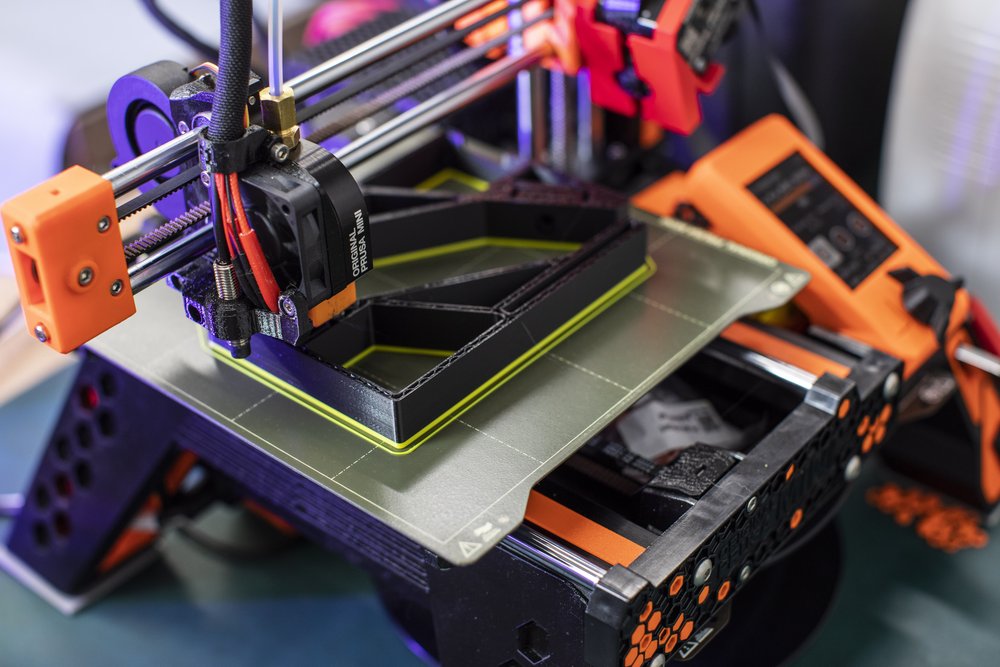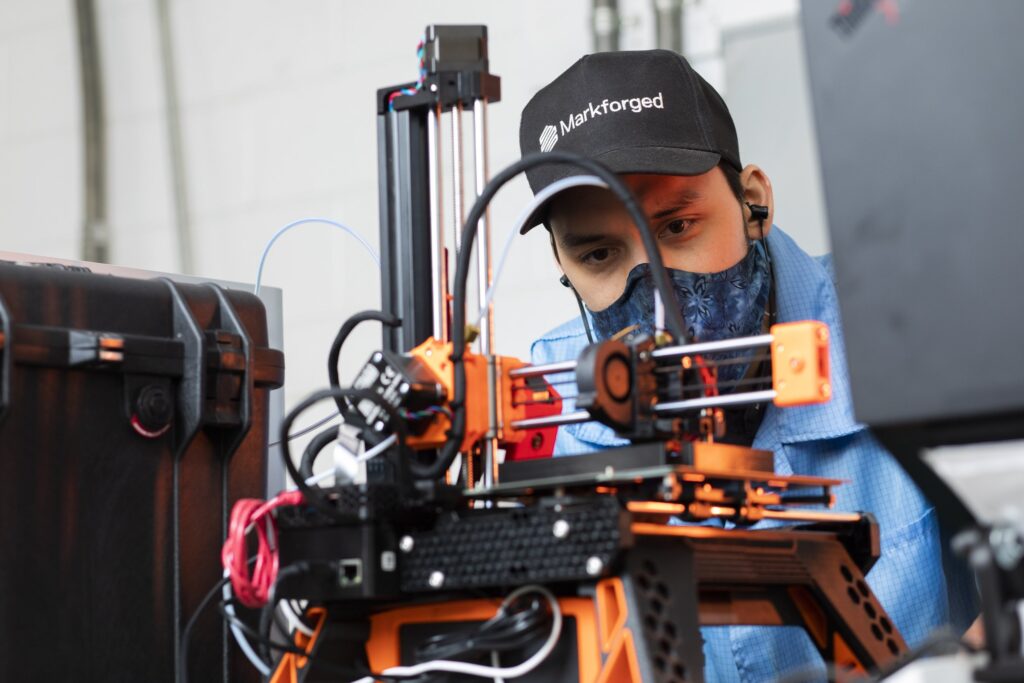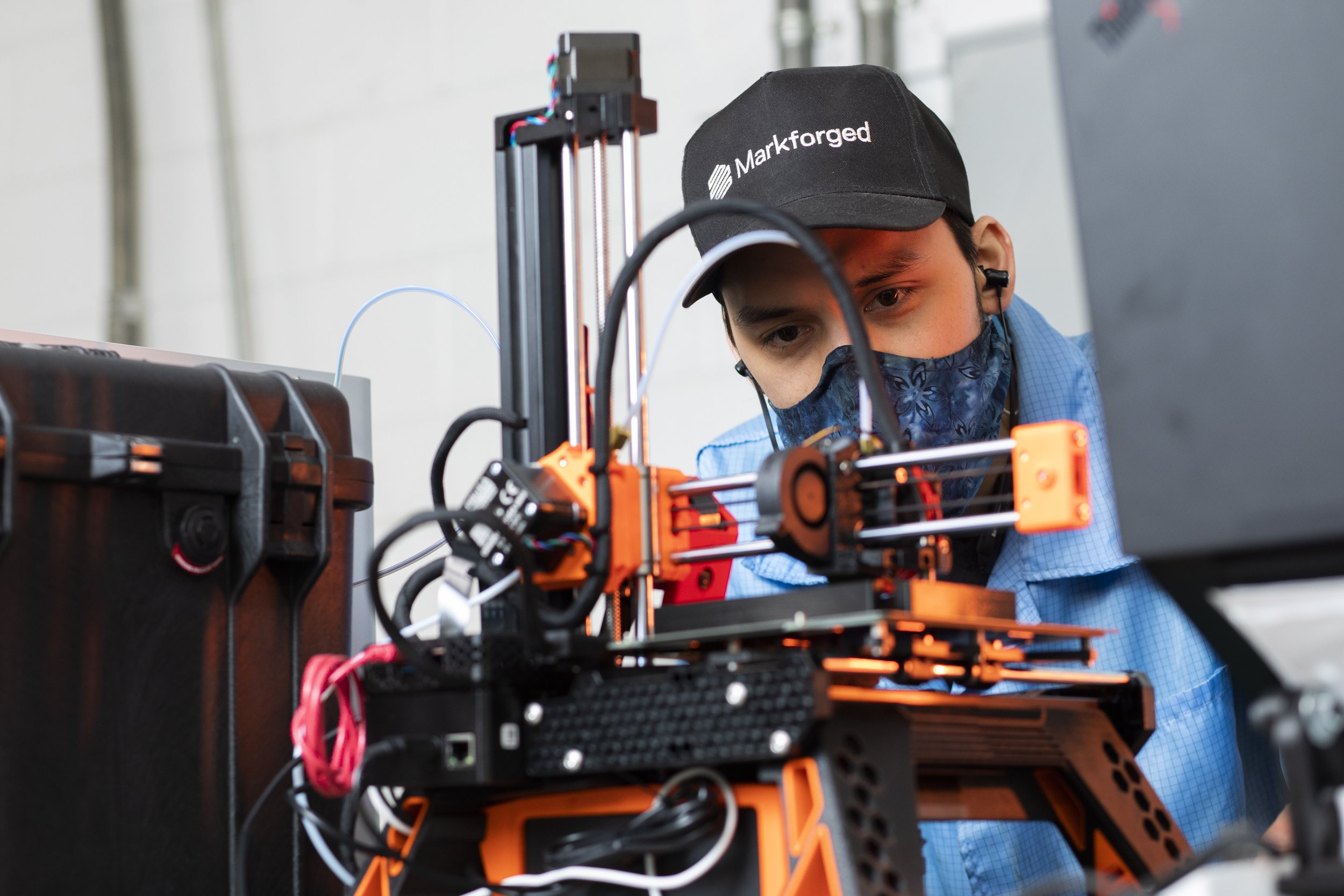If your outsourced electronics manufacturing partner isn’t using internal 3D Printing to solve assembly-line issues, you are missing out on one of the most innovative and efficient techniques in the market today. Learn why 3D printing has an essential role at Amtech.

3D printing has revolutionized many aspects of industrial manufacturing, including the assembly of Printed Circuit Boards (PCB). So much in fact that if your current manufacturing partner does not include 3D printing in-house, you need to ask yourself if you have the right partner. From creating customized parts on a real-time basis to solving problems with new and innovative solutions, 3D printing is an essential part of how Amtech manages their PCB Assembly process. Let’s look at the reasons why.
Let’s start by defining 3D Printing. 3D printing, also known as Additive Manufacturing, is a method of creating a three dimensional object layer-by-layer using a computer created design. As technology in 3D printing has improved, the ability to make larger items as well as more detailed objects has become more commonplace. Manufacturers are using 3D printing technology to make lighter airplane parts, custom prosthetic devices, and small-scale prototypes to test new designs.
Amtech uses industrial and hobbyist level 3D printers for different applications throughout the manufacturing process. We primarily use this technology to create tools and fixtures in-house that can be easily customized quickly and efficiently based on the specification of each project. We no longer have to rely on external vendors or customized production to meet our customers requirements. We can also use 3D printing for rapid prototyping. Prototypes designed using 3D technology are used in the research and development stage to fix design problems before mass production. In this way, 3D Printing helps increase flexibility in the production flow and helps reduce industrial expenses for our customers.
Amtech’s innovative approach takes any project from Conception to Prototyping to Production much faster than ever before. When we combine 3D printing with our experienced team of engineers and mechanics, we can deliver a complete product assembly, ready for use, in hours instead of weeks.
Here are a few specific examples of where 3D printing has played a new role in assembling electronics:
- Traditional assemblies made with 3D printed parts: 3D printers now allow for such precision that you can create assembled parts. Either by directly 3D printing them or even by 3D printing the injection mold. Companies as big as General Electric are using this technology!
- 3D printing is being tested to create circuits themselves: Currently, the most advanced 3D printing processes provide near micron-level resolution and co-deposition of multiple materials. Co-deposition is critical for 3D printing integrated circuits because conductors and semiconducting materials must be printed simultaneously.
- 3D Printed Electronics Are Transforming How Electronics Are Made: 3D printing provides a valuable alternative to conventional, subtractive manufacturing techniques. The approach, which is typically much faster and easier to retool than conventional manufacturing setups, is used in a variety of ways, including small-batch manufacturing for electronics, prosthetics and more.

In conclusion, 3D Printing provides a cost-effective and efficient way to manufacture many of the parts required for PCB assembly today. Ask your partner if they have experience with 3D printing when researching your next project – and if not, make sure to find one who does. If you’re looking for a trusted domestic manufacturer with decades of experience delivering quality products, Amtech may be right for you. Contact us today for a FREE DFM Assessment.

